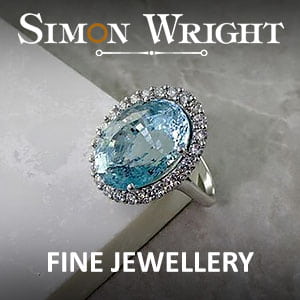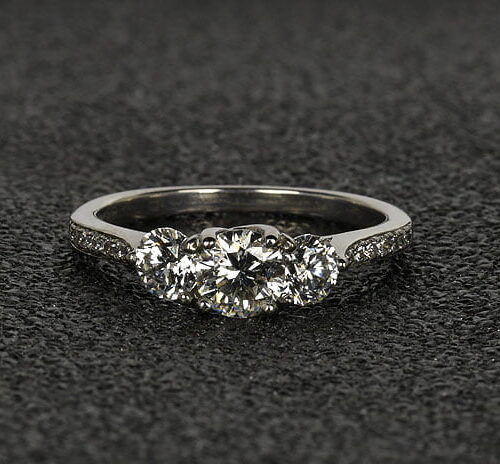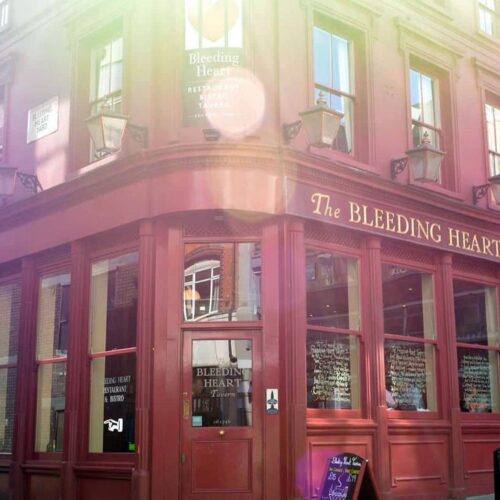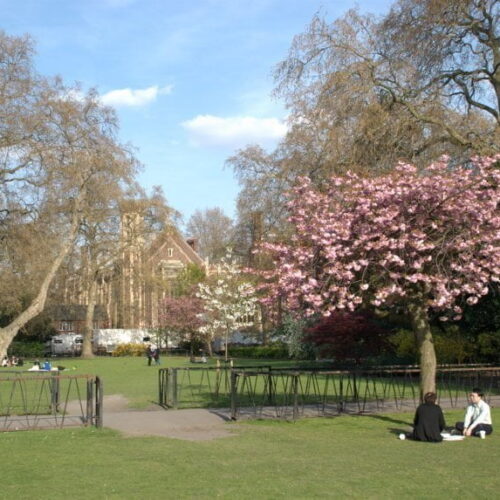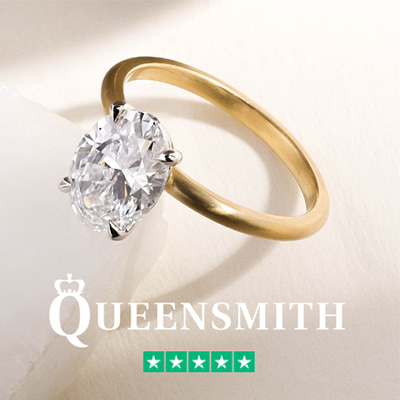Welcome, dear reader, to a journey through time, a journey that will take us down the cobblestone streets of Hatton Garden, a district steeped in history and glittering with a thousand tales. Embark with us on an exploration of an area synonymous with grandeur and infamy, where the air practically hums with tales of lost treasures, daring heists, and exquisite craftsmanship. Yes, you’ve guessed it right! We are about to delve into the heart of London’s jewellery quarter, the illustrious Hatton Garden.
The Medieval Roots of Hatton Garden
Our tale begins in the medieval era, where the foundation stones of Hatton Garden were firmly set. Named after Sir Christopher Hatton, a favourite of Queen Elizabeth I, Hatton Garden was initially part of the Bishop of Ely’s estate, known for its luscious strawberries and well-tended gardens. It would later evolve into the centre of London’s jewellery trade, a legacy that still holds today. But that’s jumping ahead, isn’t it?
The area’s transformation began when Sir Christopher Hatton, keen on climbing the societal ladder, persuaded the Queen to force the Bishop of Ely to part with some of his land. The deal was sealed with a dance—quite literally—as Hatton was renowned for his fancy footwork. Little did he know, his name would remain etched in the annals of time, synonymous with diamonds, gold, and the occasional bit of skulduggery.
The Golden Era: Hatton Garden Jewellers
Fast forward to the 19th century, when Hatton Garden began to sparkle with more than just Sir Hatton’s flamboyant legacy. The area emerged as a hub for the diamond trade, with De Beers routinely auctioning its diamonds here. By the late 1800s, Hatton Garden had firmly established itself as the epicentre of London’s jewellery trade, with Hatton Garden Jewellers renowned worldwide for their craftsmanship and quality.
This period witnessed the construction of many famous buildings that are still standing today, such as the London Diamond Bourse. While the Bourse may seem austere from the outside, within its walls, billions of pounds worth of diamonds have changed hands. Now, if only those walls could talk!

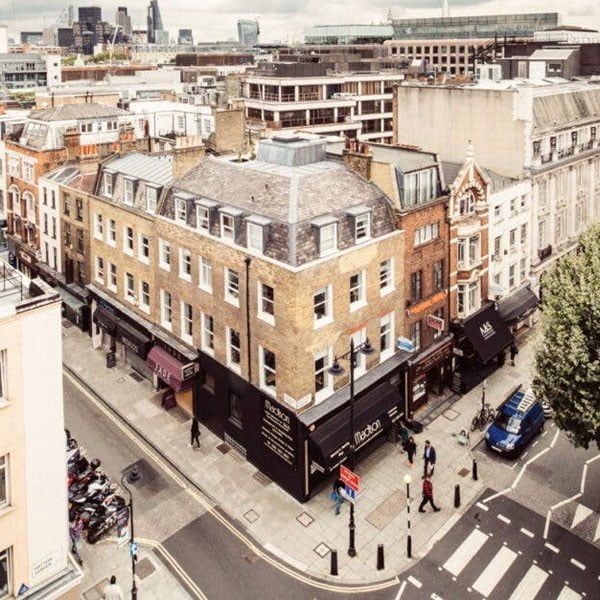
Famous Hatton Garden Heists
Hatton Garden has seen its fair share of glitz, glamour, and grand larceny. A place of interest that has attracted more attention than perhaps it would like is the Hatton Garden Safe Deposit Company. The focus of one of the most audacious heists in British history, it has entered the public consciousness as a symbol of audacity and cunning.
In 2015, a group of elderly men, dubbed the “Bad Grandpas”, orchestrated a daring Easter weekend heist. Using tools more commonly seen on a construction site than in a heist, they drilled through a two-meter-thick concrete wall to access the vault. Making off with an estimated £14 million in jewels and cash, the heist has since been immortalised in film and literature, adding another fascinating chapter to Hatton Garden’s already rich history.
Despite the occasional heist, Hatton Garden remains a bustling centre of the jewellery trade. Its winding streets are home to over 300 businesses and 55 shops, representing the largest cluster of jewellery retailers in the UK. It continues to enthral, its allure undiminished by the passage of time.
As we conclude our journey through Hatton Garden’s captivating history, it’s clear that this tiny corner of London is more than just a district. It’s a testament to the enduring allure of beauty, craftsmanship, and, let’s face it, a good old-fashioned mystery. From its medieval roots to its modern mastery, Hatton Garden continues to dazzle and delight, remaining an undeniable gem in the heart of London.
The Transformation of Hatton Garden
A district steeped in history and heritage, Hatton Garden is undergoing a dynamic transformation that’s changing the landscape of London. This prestigious area, famed for its jewellery trade, is a buzz of construction, with commercial offices and buildings popping up amidst historical structures. A key player in this transformation is the Farringdon Elizabeth Line.
Being one of the central stations on this line, Farringdon has seen an extraordinary influx of commuters, making the surrounding areas, including Hatton Garden, attractive commercial hotspots. We’re already witnessing this trend with the rise of modern office spaces and commercial structures. The combination of state-of-the-art facilities and the charm of the historical setting is a tantalising prospect for businesses seeking a unique locale.
The Future of Hatton Garden: A Blend of Heritage and Modernisation
As we glance into the future of Hatton Garden, the picture that emerges is one of harmony – a harmony between the old and the new, between heritage and modernisation. The renovation of this district is not just about erecting new buildings but also about preserving and rejuvenating its historical charm.
Several old buildings are being remodelled into trendy office spaces and boutiques, allowing them to retain their architectural grandeur while offering modern amenities. These renovations are adding a new layer of allure to this prestigious area, making it an even more desirable destination for businesses and visitors alike.
This blend of the old and the new positions Hatton Garden as a model for sustainable urban development. It’s a testament to how cities can evolve and grow, respecting and celebrating their past while looking ahead to the future.
Conclusion
In this journey through time, we’ve witnessed the evolution of Hatton Garden, from its medieval beginnings to its modern magnificence. We’ve seen how it has retained its lustrous reputation, renowned for its extraordinary jewellery craftsmanship, and witnessed its transformation into a vibrant hub for commerce, propelled by modern developments like the Farringdon Elizabeth Line. We have explored its rich tapestry of history, its daring tales of heists, and its future poised at the intersection of heritage and modernisation. Hatton Garden stands as a testament to London’s ability to honour its past while innovating for the future. As we step back onto the cobblestone streets, one thing is clear: Hatton Garden, with its shimmering past and dynamic future, will continue to be an enduring gem in London’s crown.




